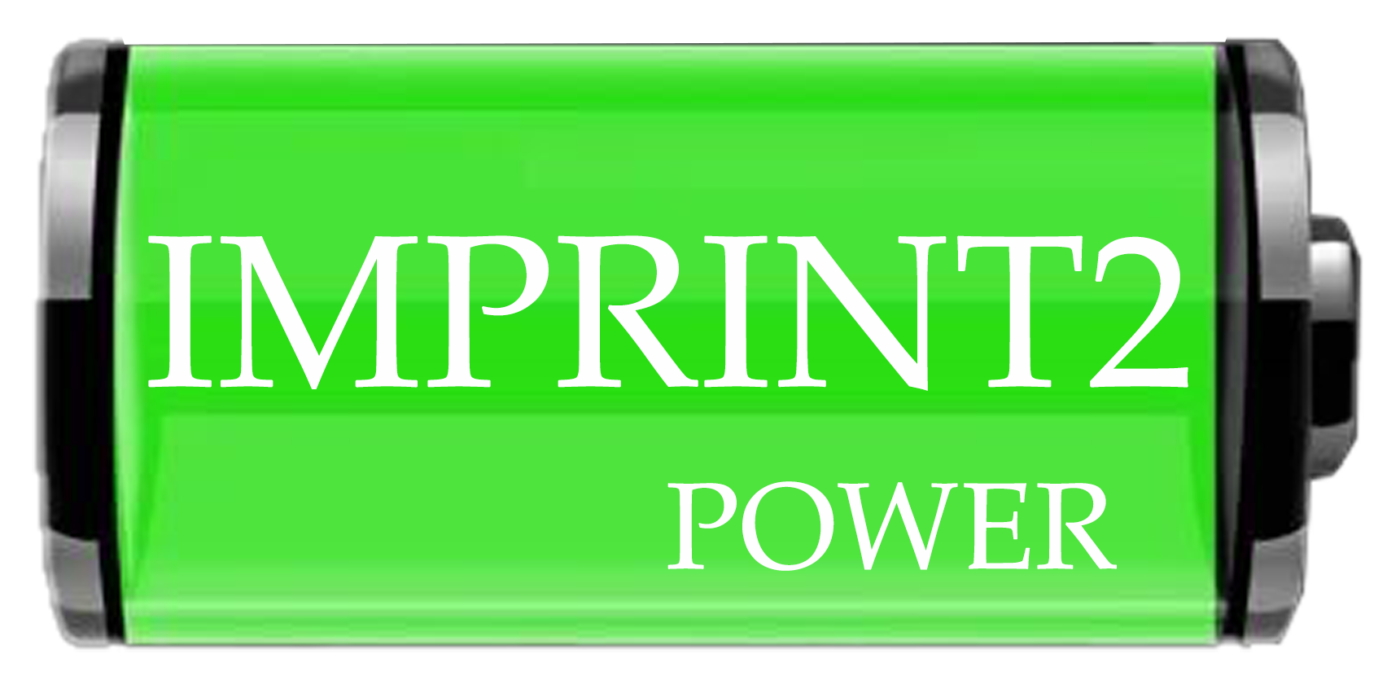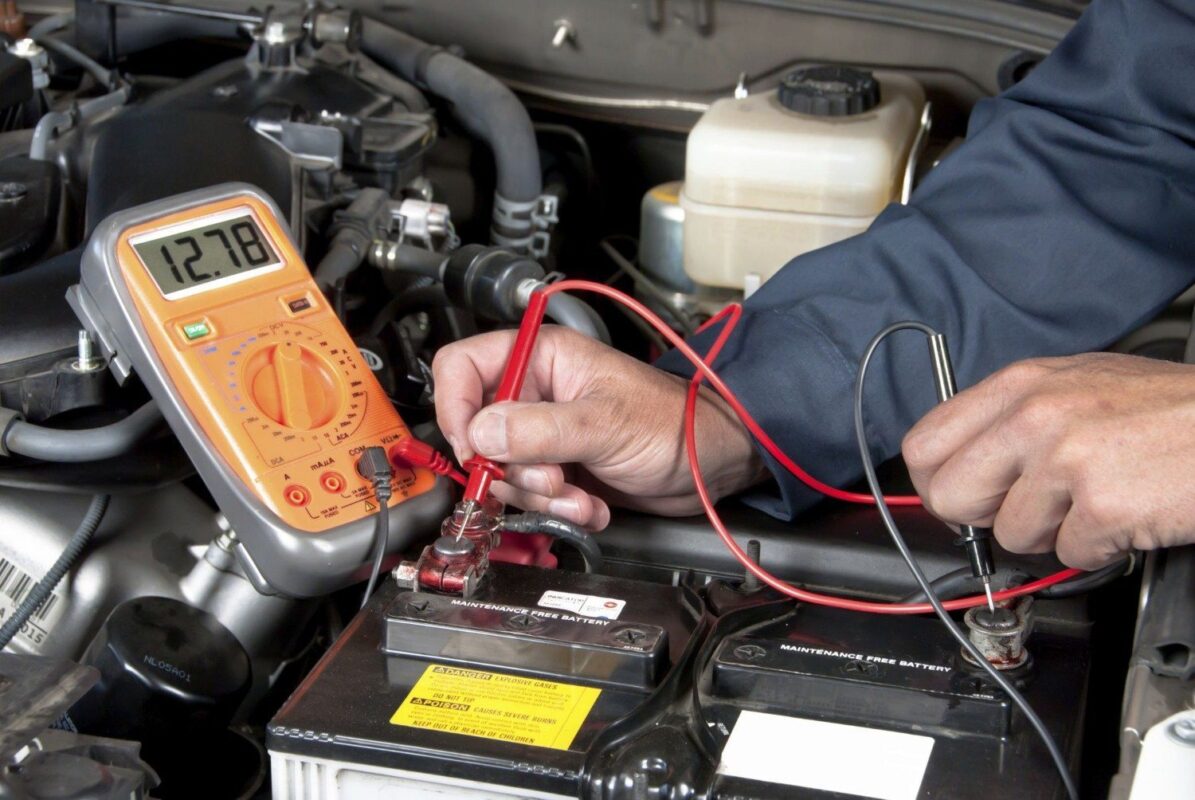Click to learn more about lithium batteries==>>
Various lithium battery procurement customization==>>
Correct use and maintenance of lead-acid batteries for electric vehicles
The battery/battery is the power source of the electric bicycle, and it is also a consumable item, and the price is high. Therefore, keeping the battery in good working condition and prolonging its service life has a great impact on environmental protection and economy. Practical value. The following are some maintenance methods of the battery (the following is from the perspective of ordinary electric vehicle users, we will not describe the maintenance and the quality of the battery itself here, readers can refer to our later explanations or other materials):
1. Newly purchased electric vehicles should be fully charged before use. Because many electric vehicles have been shelved in the store for several months, or even more than half a year, they must be fully charged before use.
2. Take off the battery for charging. When installing, the battery should be firmly installed on the electric bicycle to prevent the battery from being damaged by vibration during riding. When the battery is being transported, it is forbidden to drop, roll, or press it.
3. Always remove the dust and dirt on the battery cover, and keep the battery dry and clean to prevent the battery from self-discharging.
4. The battery must not be left in a state of insufficient power for a long time, and it is necessary to develop a good habit of charging the battery every night. If it is not used for a long time, it should be fully charged, placed in a cool and dry place, and charged regularly (usually 10 days).
5. When the electric bicycle is just started, use the pedals (without pedals, you can push the ground with your feet) to help start, and when going uphill, use the pedals to help the electric bicycle go uphill, so as not to damage the battery due to excessive discharge current.
6. When riding, be careful not to over-discharge the battery. After the battery is discharged to the termination voltage, it is called over-discharge. Over-discharge can easily lead to serious battery loss, thus greatly shortening its service life. Therefore, when using the battery, try to avoid deep discharge, and do shallow discharge and frequent charging. In general, it should be done: it is best to charge the battery once when the depth of discharge is 50%.
Electric bicycles are generally equipped with an undervoltage protection function. When only one indicator light of the battery level indicator is on, the power should be turned off, the pedal should be used, and the battery should be charged as quickly as possible to avoid over-discharge of the battery.
When the battery is discharged to the terminal voltage, the internal resistance is large, and the electrolyte concentration is very thin, especially the inside and surface of the plate hole are almost neutral. When over-discharged, the internal resistance has a tendency to generate heat, and the volume expands. When the discharge current is large, it will generate obvious heat. Even heat deformation occurs. At this time, the concentration of lead sulfate is particularly large, and the possibility of short-circuiting of crystalline branches increases. Moreover, lead sulfate will crystallize into larger particles at this time, that is, irreversible sulfation will be formed, which will further increase the internal resistance and charge recovery. The ability is so poor that it cannot even be repaired.
When the battery is used, it should prevent over-discharge, and it is a very effective measure to take “under-voltage protection”. In addition, since the “under-voltage protection” of electric vehicles is controlled by the controller, other devices other than the controller, such as voltmeters, indicators and other power-consuming appliances, are directly powered by the battery, and the power supply is generally not controlled. Once the electric vehicle lock switch is closed, it will start to use electricity. Although the current is small, if it is discharged for a long time for 1-2 weeks, overdischarge will occur. Therefore, the lock should not be opened for a long time, and it should be turned off immediately when not in use.
7. Avoid overcharging, stop charging when the charger shows full, not overnight or even days after charging. Overcharging will cause the active material of the plate to harden and fall off, resulting in water loss and battery deformation. The battery runs in the high temperature season, and there is mainly the problem of overcharging. Therefore, in summer, the temperature of the battery should be reduced as much as possible to ensure good heat dissipation, prevent charging after exposure to the sun, and keep away from heat sources.
Avoid overcharging. In addition, the parameters of the charger should be well matched with the battery. It is necessary to fully understand the operation status of the battery in the high temperature season and the changes during the entire service life. Do not place the battery in an overheated environment during use, especially when charging, keep it away from heat sources. After the battery is heated, take cooling measures, and the battery can be charged when the battery temperature returns to normal. The installation position of the battery should ensure good heat dissipation as much as possible, stop charging when it is found to be overheated, and check the charger and battery. When the depth of discharge of the battery is shallow or the ambient temperature is high, the charging time should be shortened.
8. Avoid long-term power loss, which will make the plate vulcanized. In the case of low temperature, the charging mainly has the problem of poor charging acceptance and insufficient charging, which causes the battery to lose power. At low temperature, heat preservation and antifreeze measures should be taken, especially when charging, it should be placed in a warm environment, which is conducive to ensuring sufficient charge, preventing the generation of irreversible sulfation, and prolonging the service life of the battery.
9. To prevent short circuit, special care should be taken during installation or use. The tools used should be insulated. When wiring, the electrical appliances other than the battery should be connected first. After inspection, there is no short circuit, and finally the battery should be connected. The wiring specification should be well insulated. Prevents cracking due to overlapping compression. It is forbidden to use the method of battery short circuit to detect the charged condition of the battery, so as to prevent the explosion and cause casualties
When the battery is in a short-circuit state, its short-circuit current can reach hundreds of amperes. The stronger the short-circuit contact, the greater the short-circuit current, so all the connection parts will generate a lot of heat, and the weaker links will generate more heat, which will fuse the connection and cause a short circuit. The battery may generate explosive gas locally or the explosive gas accumulated during charging, and sparks are generated when the connection is fused, which will cause the battery to explode; if the battery is short-circuited or the current is not particularly large, it may not cause the connection to be blown. phenomenon, but there will still be overheating in the short circuit, which will damage the adhesive around the connecting strip, leaving hidden dangers such as leakage. Therefore, the battery must not be short-circuited. Special care should be taken when installing or using it. The tools used should be insulated. When connecting, the electrical appliances other than the battery should be connected first. After inspection, there is no short-circuit. Finally, connect the battery. Wiring specifications It should be well insulated to prevent rupture due to overlapping pressure.
10. Avoid long-term high-current discharge of the battery, which will greatly damage the internal structure of the battery. It is recommended that the owner should not start more than 5 seconds each time. Two consecutive starts are required, with an interval of 10-15 seconds in between.
11. Avoid exposure to sunlight, which will increase the temperature of the battery and increase the activity of various active substances in the battery, which will affect the service life of the battery.
12. After discharging, the battery should be replenished in time, and should not be put on hold for more than 12 hours.

